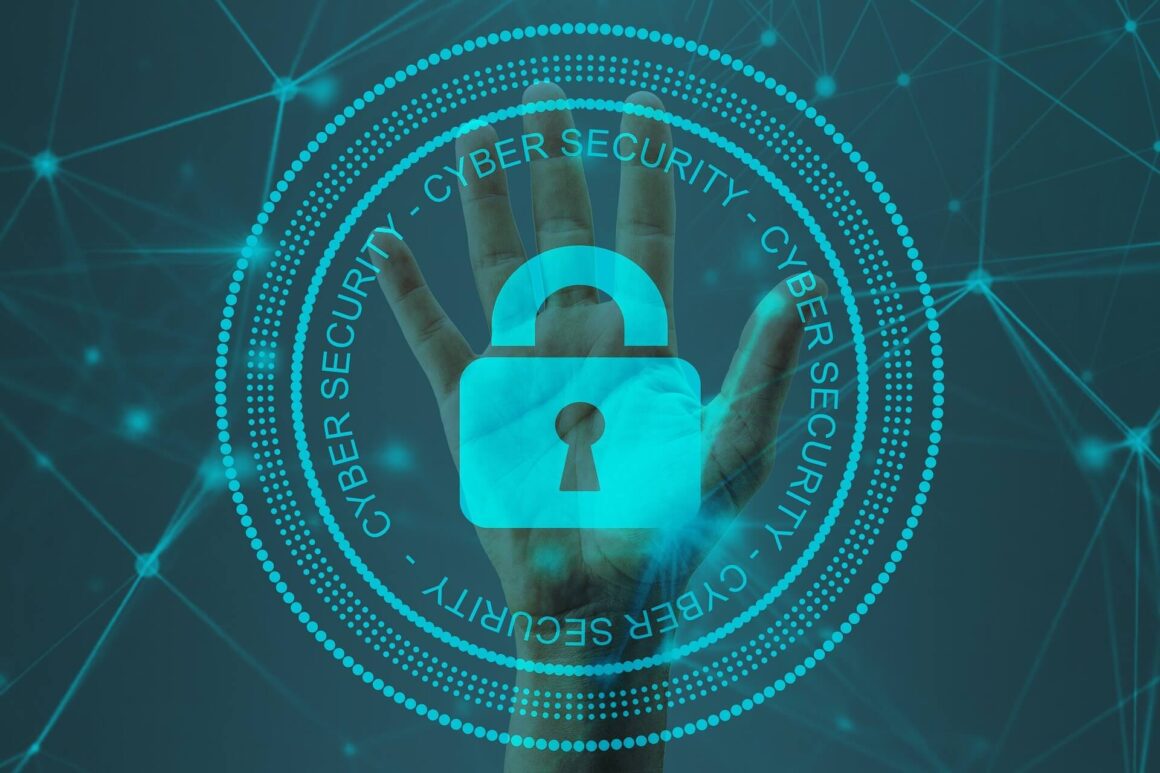The world could face a massive $10.5 trillion hit from cybercrime by 2025. With data breaches on the rise, organizations must ensure effective cybersecurity measures.
This article explores the importance of Artificial Intelligence (AI) and Machine Learning (ML) in cybersecurity. Let’s learn how they can help us identify and prevent cyber attacks. Plus, we’ll discover how these concepts integrate into office environments.

Exploring the Transformative Role of AI and Machine Learning in Cybersecurity
AI and ML systems can sift through data and unveil intricate patterns. They can make well-informed decisions and predictions, fortifying cybersecurity efforts with utmost efficacy.
The significance of AI and Machine Learning in cybersecurity is undeniable. Here’s why.
- Advanced Threat Detection. AI and ML excel at recognizing aberrant patterns and detecting potential cyber threats. They pinpoint suspicious activities, malicious codes, and unauthorized access attempts.
- Proactive Defense. AI and Machine Learning algorithms can adapt and learn from new attack vectors. This adaptability empowers proactive defense by identifying emerging threats.
- Rapid Incident Response. AI and ML can automate incident response processes. They expedite the identification, containment, and mitigation of threats.
- Enhanced Fraud Detection. AI and ML algorithms can discern patterns of fraudulent activities across various channels. Leveraging these technologies empowers organizations to detect and prevent fraud.
In addition to these technologies, general cybersecurity precautions always be considered.
Standard precautions merged with technologies that adopt AI and ML systems create a safer user environment. Using strong passwords, virtual networks, and encrypted cloud storage are the most known and conventional preventive measures.
Securing the Workplace: The Intersection of Office Management Tools and Cybersecurity
Organizations can revolutionize their security posture. They can centralize security management and automate security updates and patch management. These tools improve operational efficiency and reduce human error.
Streamlining Security Processes
Imagine a streamlined system with seamless security management and monitoring. Let’s delve into the benefits of using office management tools for enhanced security:
- Centralized Management and Monitoring. Centralized security management leads to an 80% reduction in incident response time. A centralized platform empowers you to oversee security systems across your entire organization. Detecting and resolving security issues is faster than ever before.
- Automation of Security Updates and Patch Management. Organizations that embrace automated patch management experience 30% fewer security breaches than those relying on manual processes. These tools can schedule updates during off-peak hours, preventing disruptions. Critical security vulnerabilities are promptly addressed, effectively reducing the risk of exploitation.
- Enhanced Vulnerability Management. Office management tools provide invaluable insights into security gaps. They allow you to prioritize remediation efforts based on the severity of vulnerabilities. Organizations can proactively address security flaws by automating vulnerability management.
- Improved Compliance and Reporting. Organizations leveraging automated reporting for compliance purposes spend a jaw-dropping 50% less time on compliance-related activities. Office management tools offer exceptional reporting functionalities. They help monitor compliance with security policies and regulations.
- Strengthened Incident Response. Centralized management and monitoring systems detect and respond to real-time security incidents. They provide timely alerts and notifications, allowing your security teams to address potential threats promptly.
Enhancing Incident Response
The incident response becomes efficient through the remarkable capabilities of office management tools. These tools blend incident tracking and reporting, complemented by collaboration and communication features. Let’s explore how these functionalities join forces, unveiling efficient incident response:
- Integrated Incident Tracking and Reporting. Office management tools provide a centralized haven for tracking and managing incidents. Incidents are reported, documented, and tracked from inception to resolution.
- Incident Logging. When the unexpected strikes, these tools empower you to log and document the details of the incident. This information serves as your guide through the incident’s impact and ramifications.
- Incident Classification. Office management tools often boast the flexibility to create custom classifications. This categorization organizes and prioritizes incidents based on their severity and urgency.
- Workflow Management. Office management tools like Flanco create workflows that outline the path to incident resolution. It ensures a systematic and consistent approach, harmonizing your incident response efforts.
- Historical Data Analysis. Office management tools store incident history, enabling you to unlock its hidden wisdom. Analyzing past incidents, identifying patterns, and making informed decisions become second nature.
Collaboration and Communication
At the heart of effective incident response lies collaboration and communication. Office management tools like Flanco harmonize teamwork and facilitate information flow.
- Team Coordination. Office management tools allow teams to collaborate, communicate, and share information in real-time. Collective intelligence emerges, empowering swift decision-making and coordinated actions.
- Role-Based Access. Office management tools ensure that only authorized individuals can access sensitive incident information. This delicate balance preserves the sanctity of your incident response efforts.
- Notifications and Alerts. Timely warnings and alerts guide teams through the crescendos of critical updates. Everyone understands the incident’s progress and evolving circumstances.
- Documentation and Knowledge Sharing. Office management tools combine incident reports, investigation findings, and recommended actions. This repository becomes a beacon of wisdom for future incident response, shared among team members.
Organizations can fortify cybersecurity by integrating AI and ML with office management tools. IT professionals and cybersecurity experts must embrace them for robust protection against cyberattacks.








